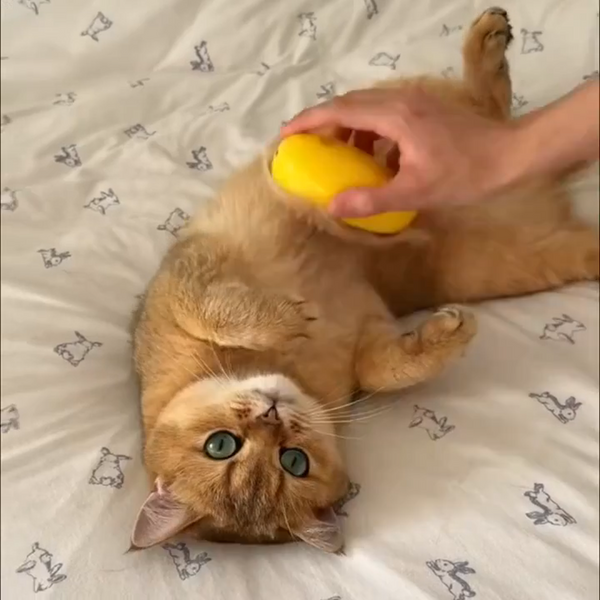As a responsible pet owner, it is crucial to prioritize the health and well-being of your furry friends. One aspect of pet care that is often overlooked is nail trimming. While it may seem like a simple task, regular nail trimming is essential for maintaining your pet's overall health and preventing potential problems. In this blog post, we will explore the importance of nail trimming for pets and provide you with some helpful tips to make the process easier.
Why is nail trimming important?
Nail trimming is not just about keeping your pet's nails looking neat and tidy. It serves several important purposes:
- Preventing overgrowth: If left untrimmed, a pet's nails can become excessively long, leading to discomfort and difficulty in walking or running.
- Avoiding injuries: Overgrown nails can easily get caught in carpets, furniture, or other objects, potentially causing painful injuries or even fractures.
- Protecting against infections: When nails grow too long, they can curl and dig into the paw pads, creating open wounds that are susceptible to infections.
How often should you trim your pet's nails?
The frequency of nail trimming depends on various factors, such as your pet's breed, activity level, and the type of surfaces they walk on. On average, most pets require nail trimming every 4-6 weeks. However, some dogs with fast-growing nails may need more frequent trimming, while others may need less.
DIY pet grooming: Tips for successful nail trimming
Trimming your pet's nails can be a challenging task, especially if they are not accustomed to it. Here are some tips to make the process easier:
- Get the right tools: Invest in a high-quality pair of pet nail clippers or a nail grinder specifically designed for pets. Using the right tools will ensure a safer and more comfortable experience for both you and your pet.
- Gradually introduce nail trimming: Start by getting your pet familiar with the sight and sound of the nail clippers or grinder. Offer treats and positive reinforcement during the process to create a positive association.
- Trim a little at a time: If your pet has long nails, avoid cutting them too short in one go. Trim a small portion at a time to prevent accidentally cutting the quick, which can cause bleeding and pain.
- Be patient and calm: Approach nail trimming with a calm and patient demeanor. If you feel anxious or stressed, your pet will pick up on those emotions, making the process more challenging.
- Seek professional help if needed: If you are unsure about trimming your pet's nails or if your pet becomes too anxious or aggressive during the process, it is best to seek assistance from a professional groomer or veterinarian.
Remember, regular nail trimming is an essential part of pet care. By keeping your pet's nails at an appropriate length, you can ensure their comfort, prevent injuries, and maintain their overall health. So, make nail trimming a part of your pet's grooming routine and enjoy the benefits of a happy and healthy companion.












